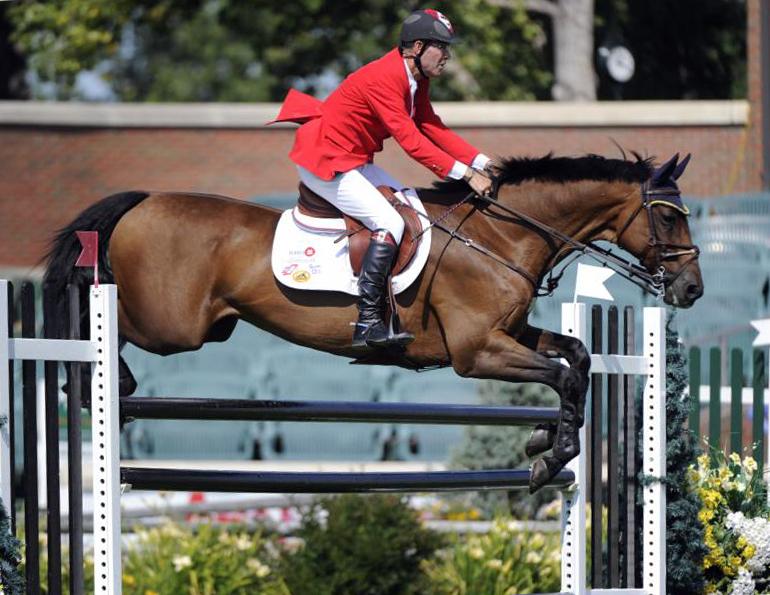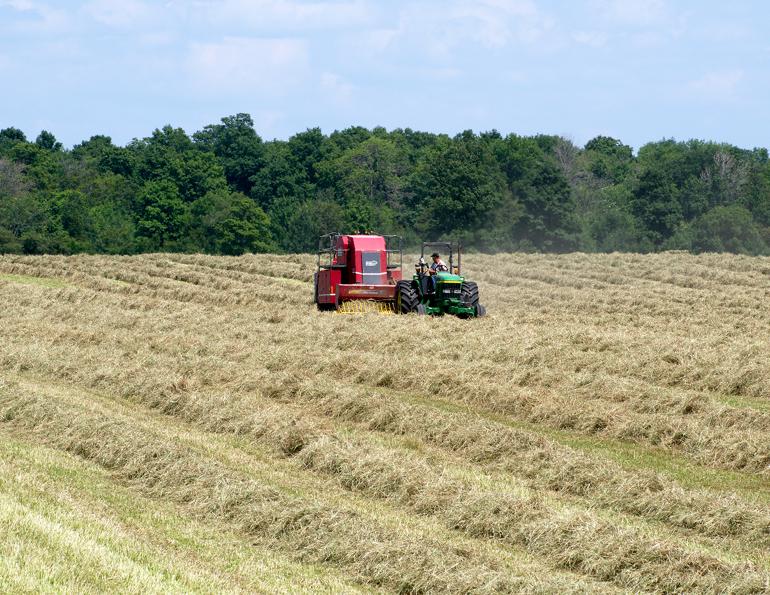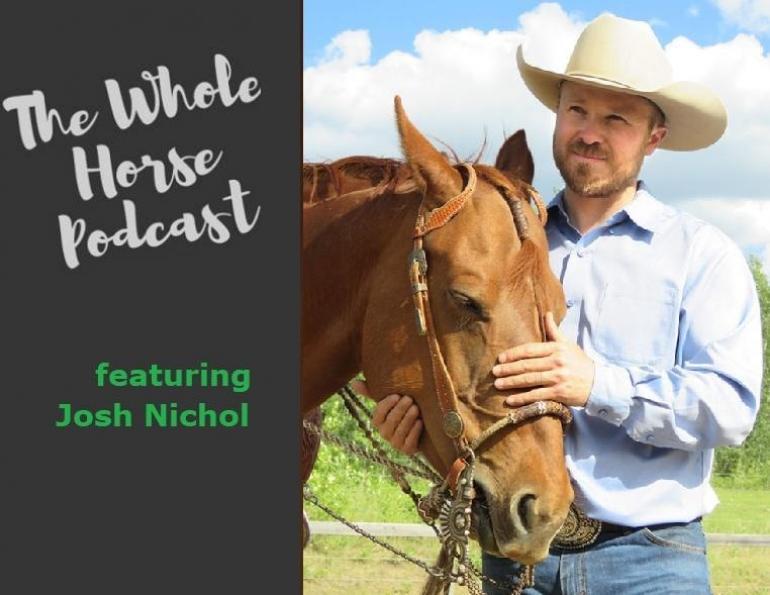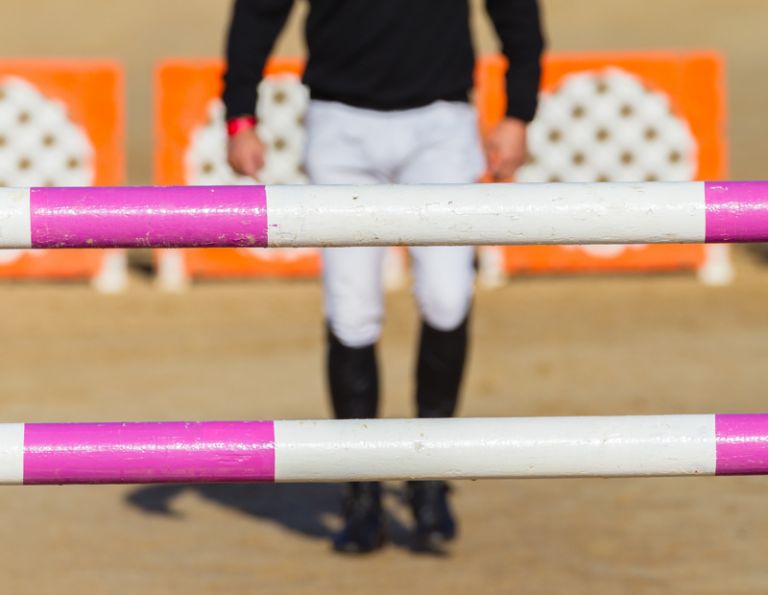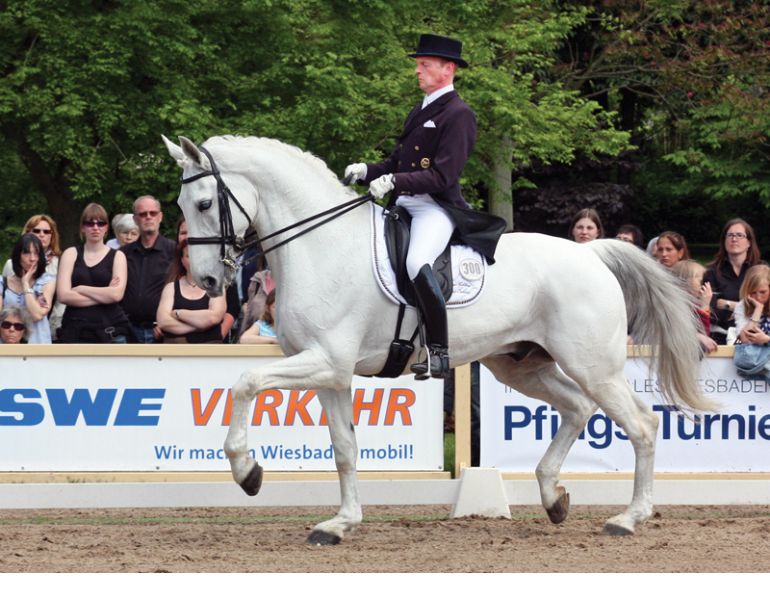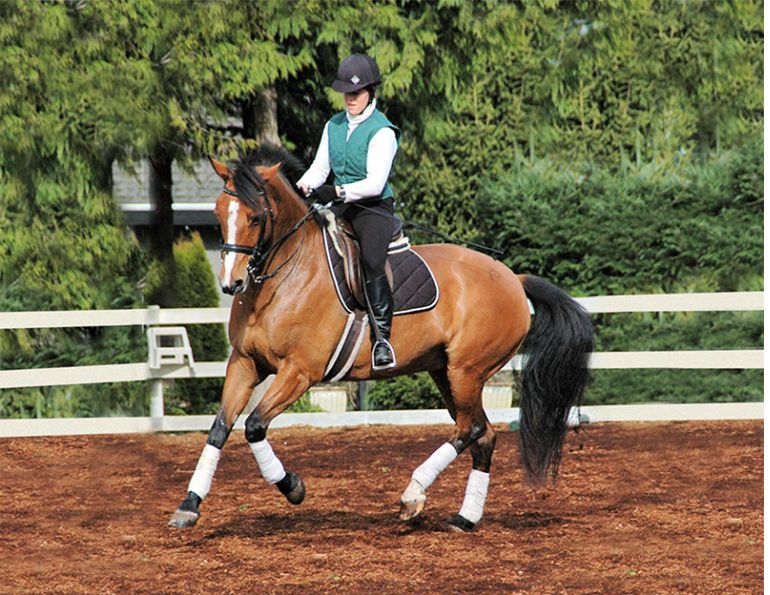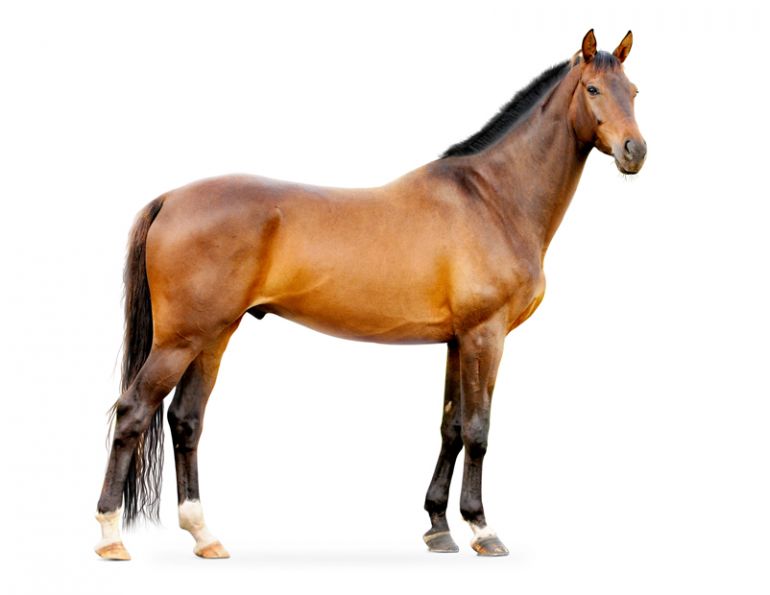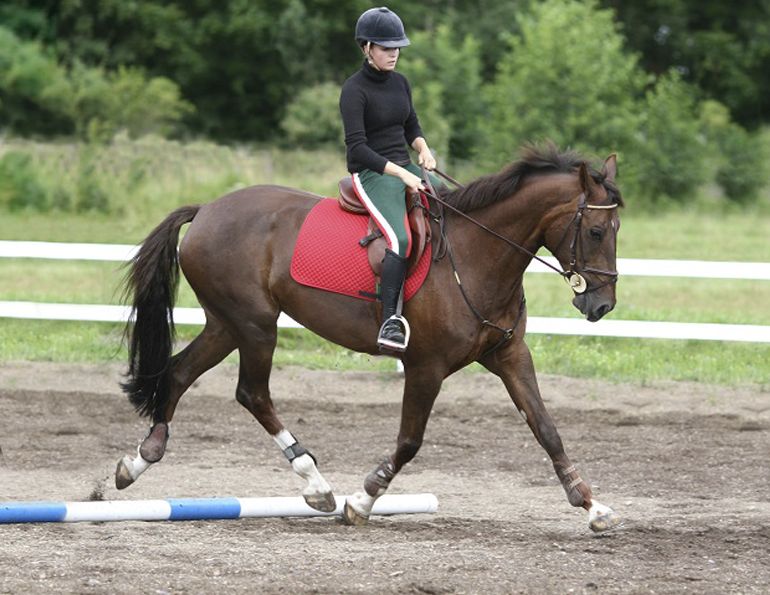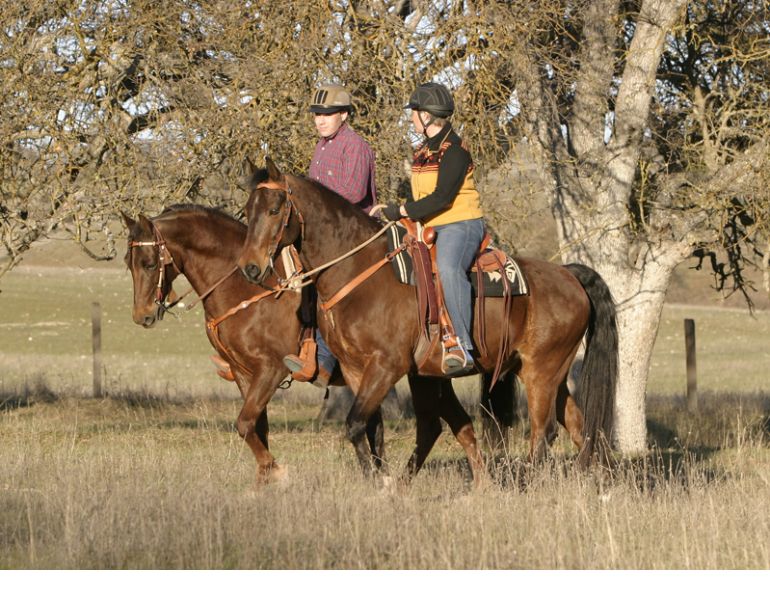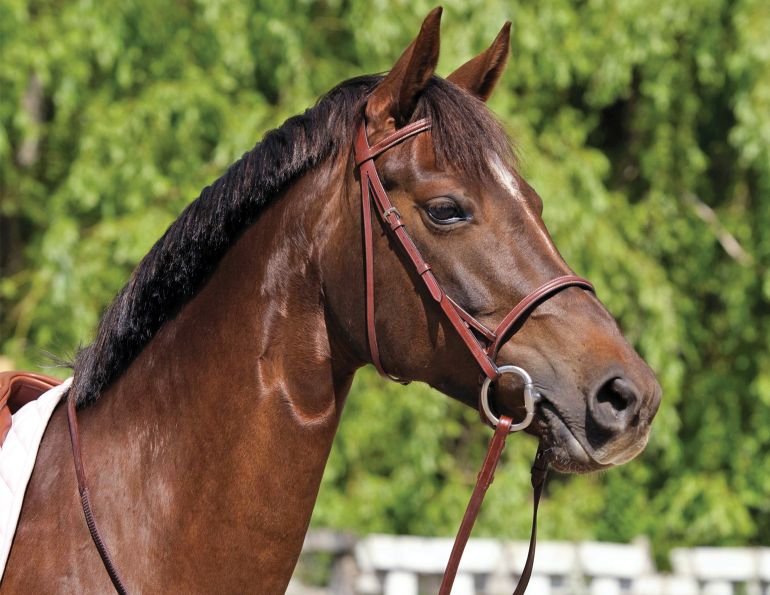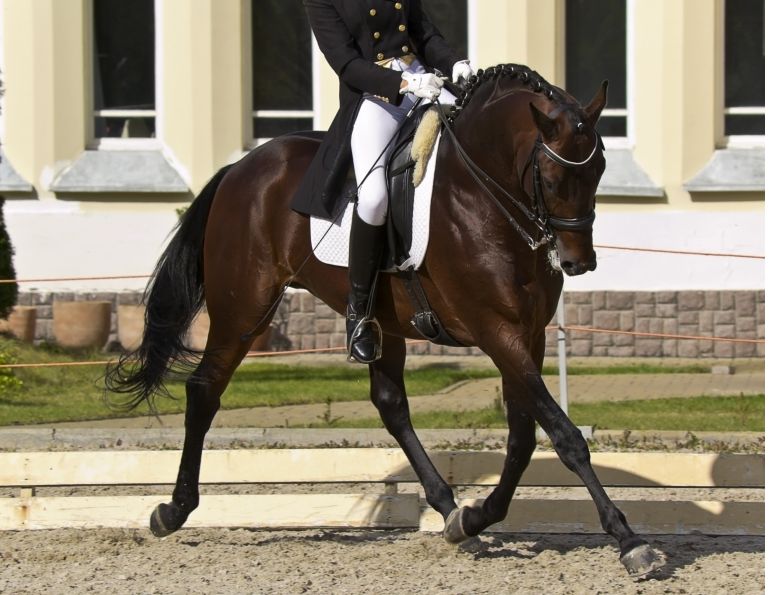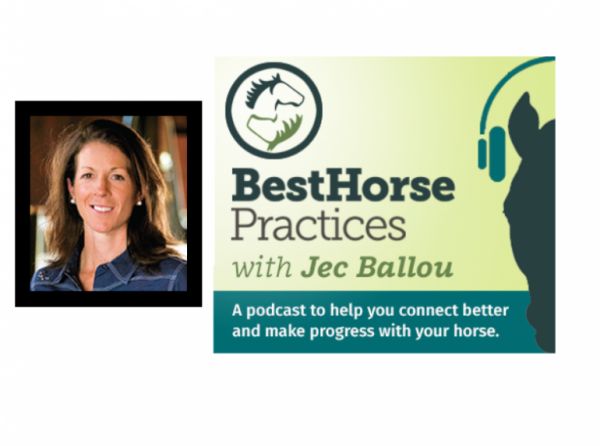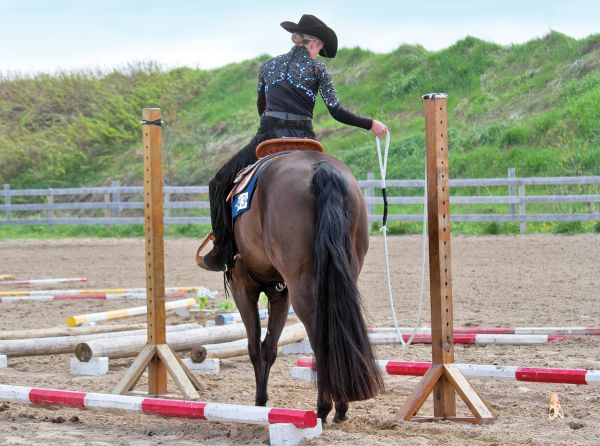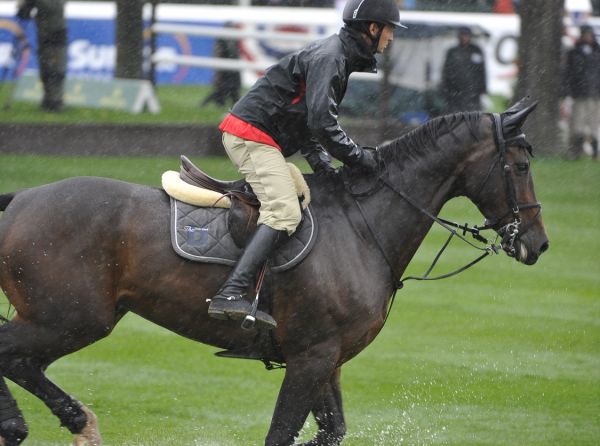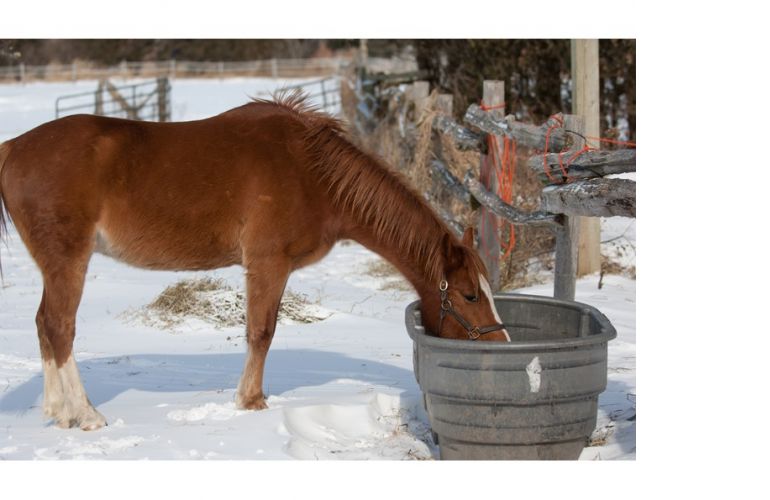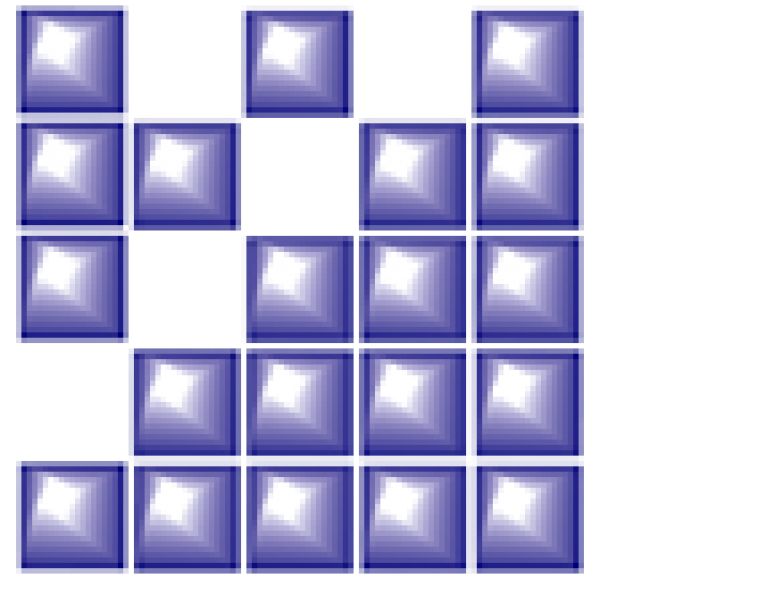With Margie Gayford
By Jess Hallas-Kilcoyne
Contact is the connection that exists between the rider’s hand and the horse’s mouth. The connection is generated by the rider not only through the use of rein aids but with aids from the seat and leg also, and is felt by the horse not only in his mouth but throughout his entire body, making contact a more all-encompassing concept than simply rein contact.
“Contact, to the average rider, seems to refer only to the contact through the rein, but really, contact is communication with your horse and the rein is just one form of that communication,” explains Margie Gayford, a successful hunter/jumper rider, coach, and trainer. “There are a couple of other points of contact, being your hips and seat, your legs through your thigh and calf, and your heel and foot.”
Before talking about how to achieve good contact, Margie points out a number of factors that can interfere with your contact, namely an ill-fitting saddle, an inappropriate bit (either over-bitting or under-bitting), and dental issues. She recommends that you ask your coach to help you assess the first two factors, and stresses the importance of having your horse’s teeth checked at least twice a year. “Anything that makes your horse uncomfortable is going to affect your contact because his response will be poor, and if his response is poor, that’s a limitation that training is not going to solve,” warns Margie.

Above/Below: Margie Gayford demonstrates the difference between a following rein with contact (above) and a full release without contact (below). Photos: Shoot Photographic (Mike Schram)
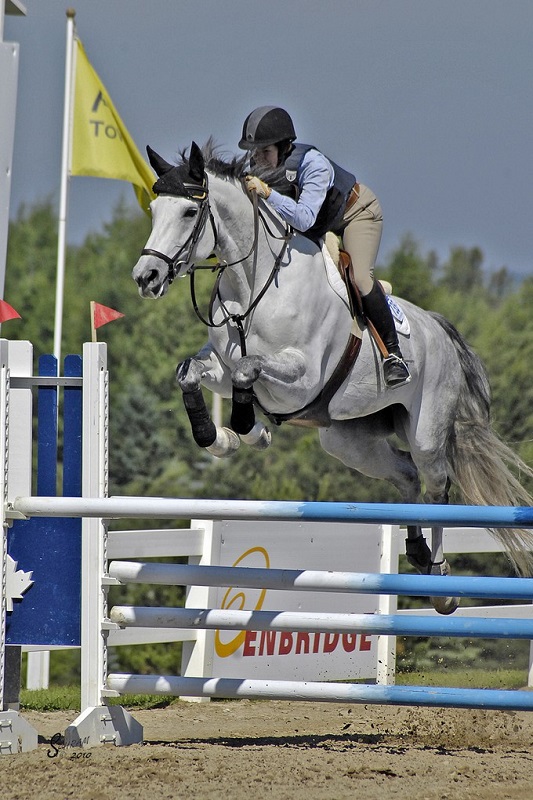
“Good contact reflects the balance of both horse and rider,” Margie explains. “If a rider does not have a good centre of balance through their ear/hip/heel and through the bit/wrist/elbow, then they are not capable of good contact. In order to improve your contact, you need to improve your balance.
“Most successful jumping riders have a good leg position,” she continues. “If a rider’s leg is weak, the upper body is going to collapse and the first thing that suffers is the contact.”
There are a variety of exercises that will strengthen your leg position, including no-stirrup work, but one of Margie’s favourites is the Two-Point Exercise. This exercise originally comes from US hunter/jumper legend George Morris, who describes it in his book Hunter Seat Equitation, but Margie uses it with all of her students, and even practices it herself.
Exercise #1: Two-Point Exercise
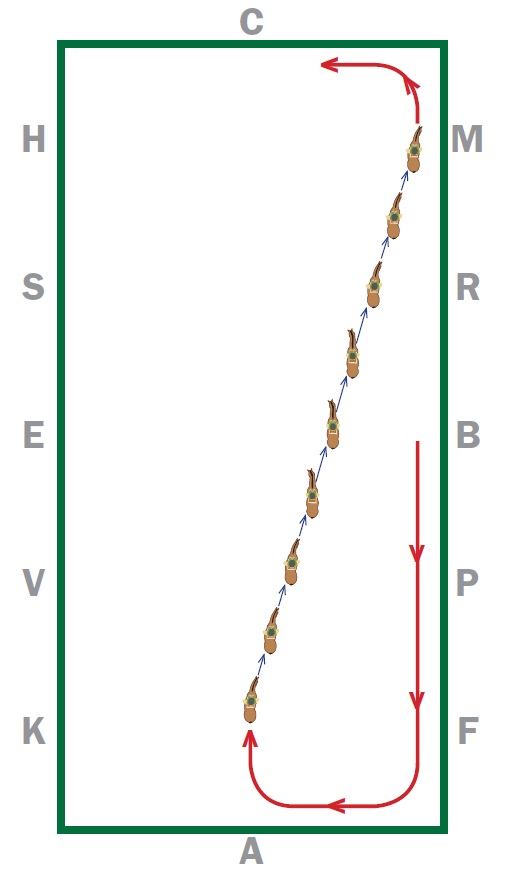
At a halt, let your weight sink down through your heel and stand up in the saddle in a fairly vertical position. Put the reins in your non-dominant hand and with your other hand grasp a handful of mane with your thumb pointing towards you, and pull back against the mane. As you pull, keep your upper body steady so that you’re neither falling backwards against your hold on the mane, nor leaning forward on the neck. The rider should have weight evenly distributed on both sides through knees and heels. This requires you to engage your core (stomach and lower back) and thigh muscles. You can ride the Two-Point Exercise at the walk, trot, and canter.
“This can be great for the lower level rider and the upper level rider,” says Margie. But she cautions that when riding with one hand in the standing position, “you don’t always have great control, so you need to be on a safe horse in a not-too-busy environment.”
To Margie, contact is about communicating with your horse, and that communication essentially becomes a method of control. “In its most basic version, control comes down to faster, slower, left, and right,” Margie explains. But while control is important, she continues, “Lots of people don’t know how to loosen off the reins and say, ‘Horse, do your job.’ Think about it: if there’s a ditch in the middle of the paddock and the horse wants to get to the other side, he’s perfectly capable of jumping it without a rider on his back.”
“Very few riders jump with contact,” Margie admits. “That’s left to Ian Millar and Eric Lamaze. They can jump with contact, but unless your balance is perfectly in tune with the horse, the time that the horse spends in the air is his time, not yours. Sometimes the most helpful thing you can do is get out of his way and let him do his job. You need to practice your release and timing. Refine a horse and rider’s timing and it’s reflected into good balance, which in turn is reflected in good contact.”Gymnastics are a great balance exercise for horse and rider, and they also help the rider develop timing and release.
Exercise #2: Practice Your Release over a Gymnastic Grid
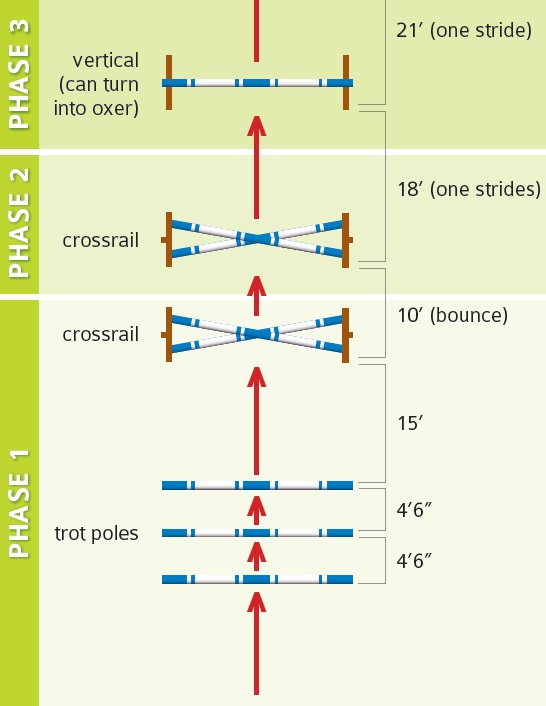
Begin by setting up Phase 1 of the gymnastic grid, as illustrated in the diagram to the left. The height of the jumps should be appropriate to the rider’s level of skill and the horse’s level of training.
Between the last pole and the cross-rail, think about gradually giving up the contact as you go into your jumping position and prepare for the release.
“As you come toward the jump, take the contact of the rein and transfer that to a light pressure against the horse’s neck,” says Margie. “The release isn’t sudden. You go from holding the reins to lightening the reins gradually until you’re in the position of release in the air, and then on the landing you pick up the rein gradually again until you have the contact necessary for control.”
As you and your horse become more advanced, add in Phases 2 and 3 of the gymnastic grid, one at a time.
About Margie Gayford

Margie Gayford is a Level 3 coach with extensive experience coaching riders of all levels, from beginner to advanced, in the hunter, jumper, and equitation divisions. The daughter of 1968 Olympic Team Gold Medalist Tom Gayford, Margie grew up foxhunting and showing hunters and jumpers. She was also a member of the Canadian Junior Team, the University Riding Team, and the Jump Canada National Talent Squad. Margie has had great success at the grand prix level. Margie is currently based out of Gaylands Farm in Stouffville, Ontario.
Main Photo: Ian Millar demonstrates how to jump with contact. Credit: Robin Duncan Photography



